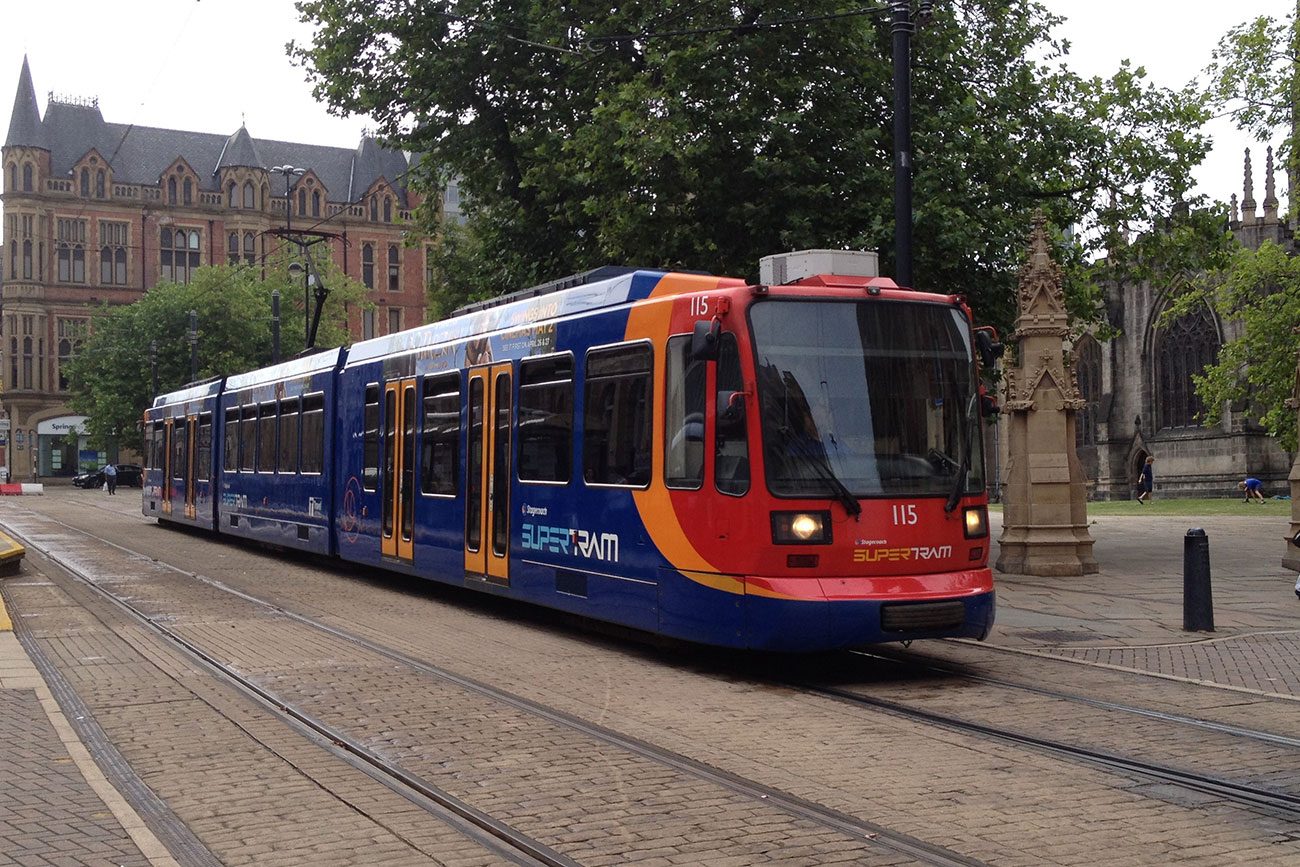York should bring back trams to help cut congestion and improve air quality.
That’s the radical transport vision of the York Green Party. And now is the right time to do it, says leader Andy D’Agorne.
“While the council has mostly focused on promoting electric vehicles – and following Green pressure is now committed to having all electric Park&Ride buses – we feel that we need to reduce traffic and congestion, not just rely on cleaner vehicles,” he told YorkMix.
“Modern electric trams are more efficient and permanent than bus routes as a long-term investment, with the mostly dedicated routes enabling them to avoid traffic congestion.”
Follow Sheffield

York could follow suit, said Cllr D’Agorne:
-
One option for York would be to follow this model, in part using the existing railway lines serving Strensall and Haxby to the city centre in a similar way.
There might also be potential for new spur line potentially serving the community stadium at Monks Cross, a halt at York Hospital and a new line out to the university campus and on to the proposed major settlement at Elvington.
Not cheap

“Even Highways England has said that the congestion impact for the A64 of the York Central site alone is unacceptable.”
Funding would have to come from a bid to government through the West Yorkshire Combined Authority, which funds other transport projects in York, Cllr D’Agorne said.
Already £34m is being spent increasing the capacity of roundabouts on the ring road and a similar amount is available for the York Central access road, removing Queen Street bridge and improving the station frontage.
Better for our health

Much of the poor air quality is caused by diesel fumes from vehicles, putting residents’ health at risk and damaging the environment.
Cllr D’Agorne said:
-
While electric buses are a step forward, trams don’t need charging facilities and are more energy efficient, with larger capacity for peak time travel.
The experience of Vauban near Freiburg in Germany was that a settlement of 5,000 households now has over 70% of households car free because of the confidence on a good tram link to the city.
Although the tram wasn’t completed in time for the first residents, car ownership went down once it was in place.
York trams – a brief history

1909 The electrification of the trams began
1910 An electric tram service was opened from Fulford to the city centre
1913 Lines were opened from the railway station to South Bank
1916 Trams run along Hull Road and Haxby Road
1914 York corporation authorised to introduce both motor-buses and trolley-buses (buses powered by electricity from overhead cables)
1934 A joint committee of the corporation and main bus operator the West Yorkshire Road Car Company was established to operate services
1935 Services are provided by motor-buses alone: the trolley-buses were withdrawn in January and the trams in November that year
Source: History Of York website
Photograph: Explore York Libraries & Archives
